10 Garden Plants that Best Withstand Sun and Drought
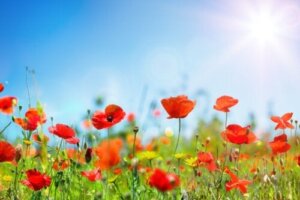
Maintaining a colorful, flowery garden can be an exhausting task. Whether this be due to lack of time or simple forgetfulness, there are those who opt for simpler outdoor spaces. In addition, the climatic conditions of certain territories reduce the possibility of having just any species. However, in all these cases, there are garden plants that can withstand both sun and drought.
Many types of plants adapt well to gardens where there isn’t much water. This doesn’t mean they’re unsightly or just hardy species.
Choosing garden plants that can withstand sun and drought can be a practical as well as a decorative decision. Rosemary, lavender, and thyme coexist harmoniously with strong sun rays, while providing gastronomic properties.
Check out these sun and drought-tolerant garden plants
It’s true that many species don’t tolerate more than a few days without receiving rainwater or watering. Others aren’t very resistant to the sun’s rays. Although these are climatic conditions that limit your choice of plants, the category of garden plants that best withstand sun and drought is actually quite broad.
The following species are ideal for those who don’t have the necessary maintenance time. It’s also great for the forgetful or those who live in dry, hot regions.
We think you may be interested in reading this, too: Avoid These 7 Gardening Mistakes and Make Your Plants Bloom in Spring
1. Geraniums
The geranium family is the prime demonstration that drought-tolerant garden plants can also provide aesthetics. It’s a collection of more than 400 species, most of which are easy to care for. Geraniums are popular for their attractive flowers and distinctive fragrance.
With an annual growth cycle, they usually bloom in late spring. Although they can withstand heat and drought, it’s advisable to water them with some frequency during their growing months.
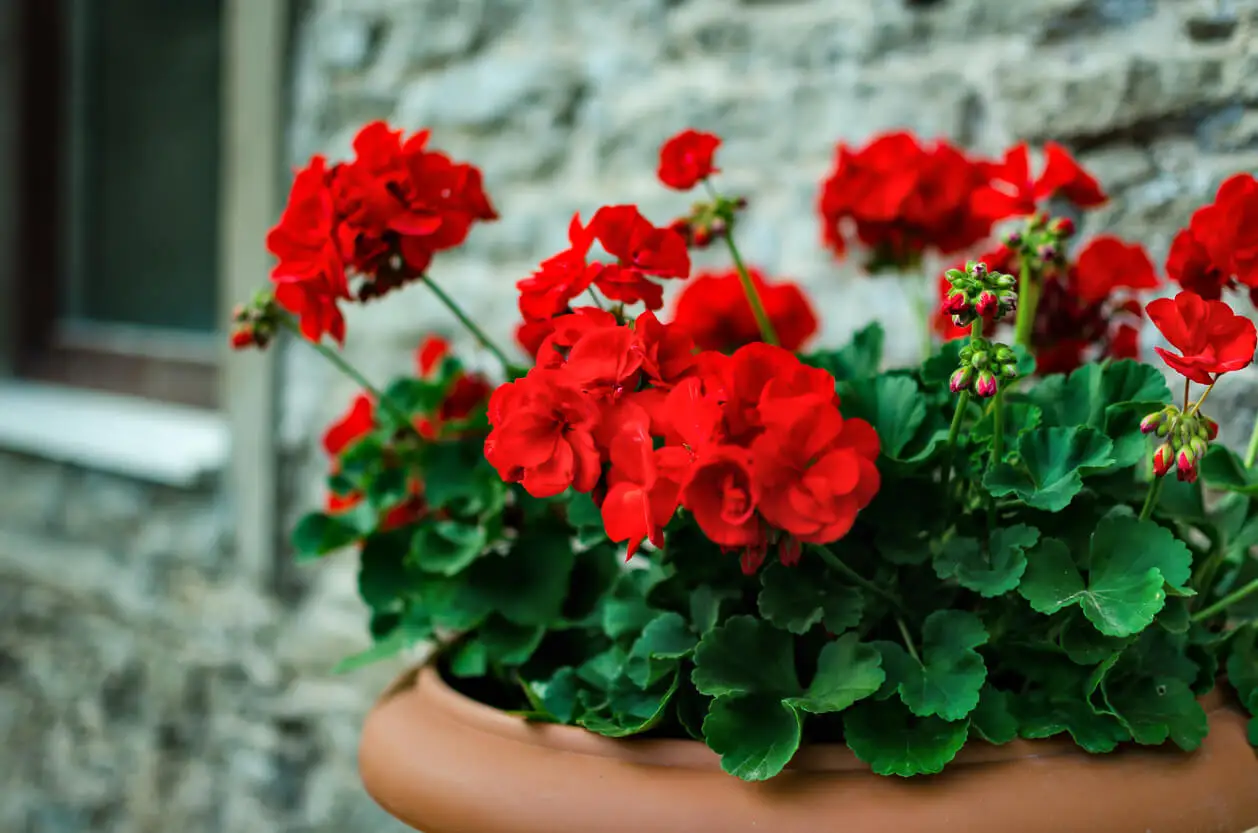
2. Olive trees
This tree’s correct name is Olea europaea, but it’s more commonly known as the “olive” or “olive tree“. This is a small tree, whose flowers produce olives.
The origin of this plant is the Mediterranean Sea basin, so it’s a species suitable for dry areas. Caring for this tree is very simple, since it can survive only with rainwater and with a lot of sun exposure.
The olive is beautify and can be used gastronomically.
3. Artemisia
It’s true that some of the ideal vegetation for dry climates are shrub formations. Although this isn’t the only category, these types of plants tolerate drought very well.
For example, the genus of artemisias includes hundreds of variants, some of which are used for gastronomic purposes, such as tarragon.
With a dense and aesthetic foliage, artemisias are easy to care for. It’s enough to water the roots when they are very dry and to protect them a little from the wind. Otherwise, this genus withstands the sun’s rays and heat.
4. Verbena
The genus of verbenas includes a set of creeping, herbaceous, annual-growing plants. This is another option that provides beauty through its flowers, generally very colorful.
They withstand sandy soils and dry climates, but have a low tolerance to frost. Therefore, it’s advisable to plant verbenas in warm areas or otherwise protect them during the winter.
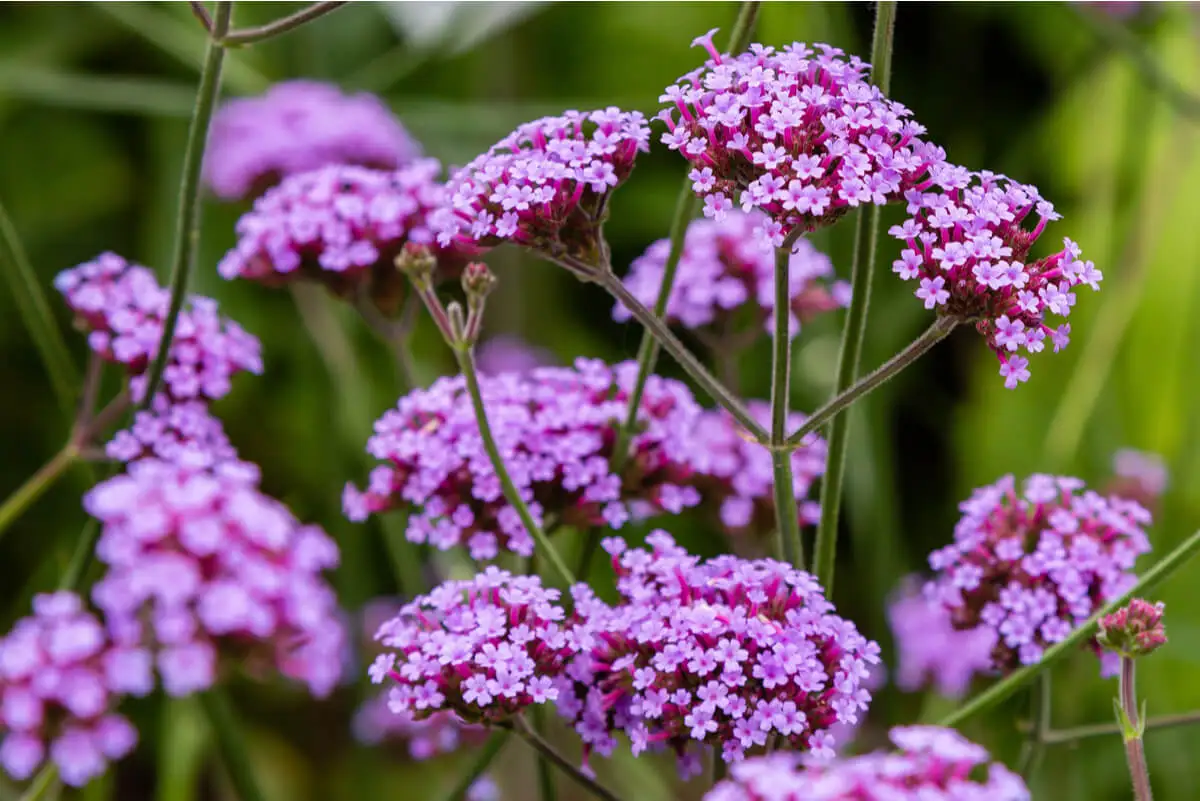
5. Kangaroo paw
A lesser known species, but very adaptable to dry climates, is Anigozanthos, also called “kangaroo paw.” This is a genus native to Australia, which has a set of long leaves and tall flowering stems that give it a particular style.
It has roots that store a large amount of sap, so it withstands long periods of drought. However, it’s advisable to keep the soil moist to favor its growth, especially in the summer months.
6. Australian tea tree
This is a plant famous for its antiseptic properties. The oil extracted from this variant is often used for various skin-related conditions. For example, it can help with acne, dandruff, or athlete’s foot.
In addition, it doesn’t require any care other than frequent watering during the first year of growth. The tea tree provides an aesthetic component thanks to its abundant white and pink flowers.
7. The Aloe genus
One of the most common choices for gardens located in dry regions is the genus Aloe. Native to the dry lands of Africa and the Near East, this subfamily of the Asphodelaceae withstands sun exposure very well. In addition, the most commonly used variants, such as aloe vera or coral, withstand up to two weeks without watering or rain during the summer months.
With the colder temperatures of winter, this time is extended even more. It’s also known for its contribution to cosmetics, medicine, and gastronomy. Plants of the genus Aloe should not to become waterlogged.
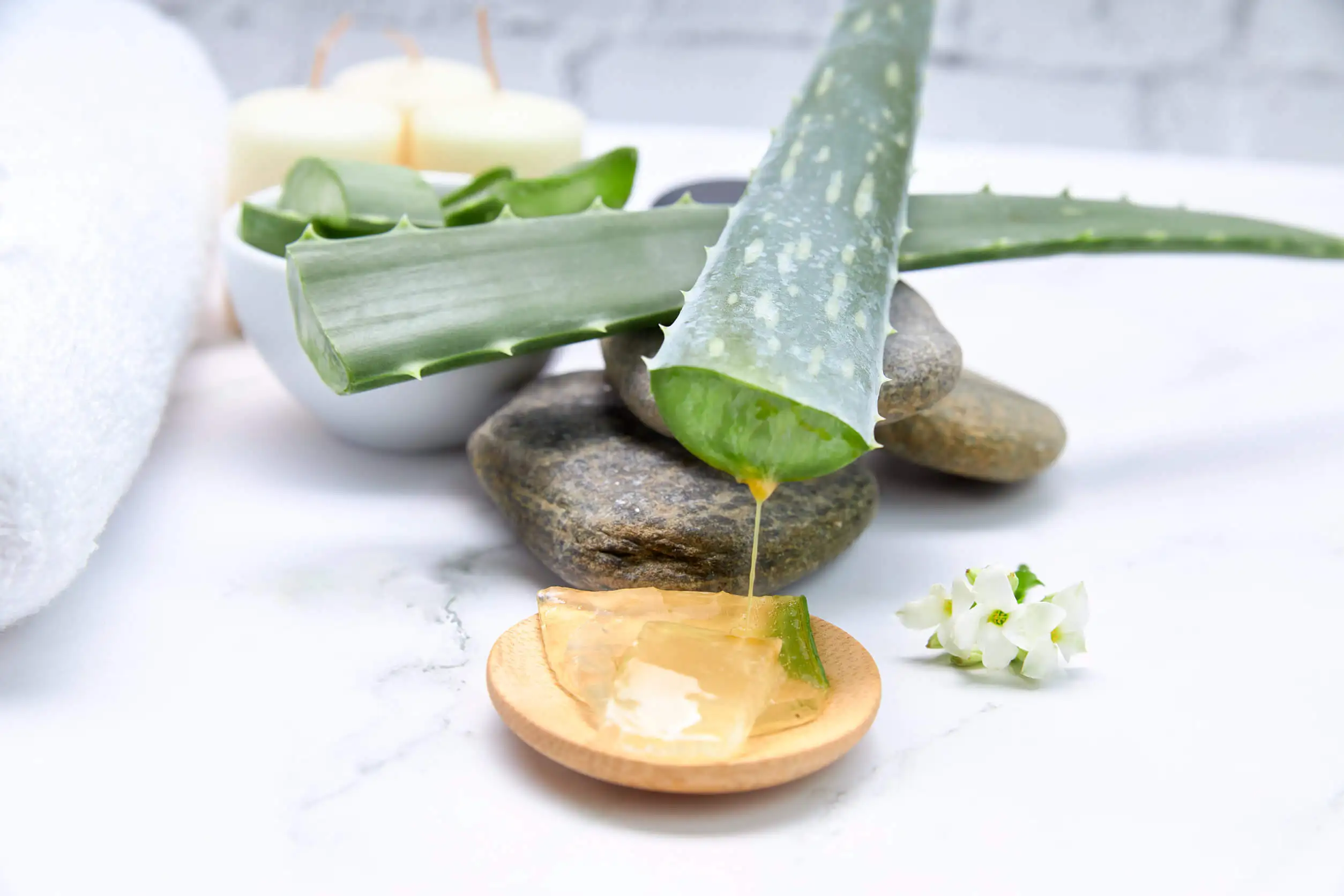
8. Buganvilias
One of the genera that best adapt to drought is the Buganvilias. This is a species that needs a lot of sunlight and can grow as a tree or shrub. It doesn’t tolerate cold temperatures, especially those below 0 degrees.
Its low need for irrigation makes it easy to care for. On the other hand, care should be taken not to over-wet it. What it does need is considerable space so that it can develop its abundant foliage.
9. Artichokes
This is another alternative edible plant is the artichoke. It grows comfortably in dry and hot climates, due to its Mediterranean origin.
It needs more frequent watering when it’s taking root, but then it can be sporadic. It’s important that the roots have good drainage so that the typical buds grow healthy on the thick stems.
It’s these formations that are used for gastronomy before they open and bloom. On the other hand, rosemary and thyme plants are also very functional in the kitchen, as well as offering aromatic characteristics for the garden. Both have good sun and drought resistance, but should be protected if frosts are intense.
Like this article? You may also like to read: How to Grow a Succulent Garden and The Best Plants to Use
10. Lavender
Finally, the Lavandula genus, which includes the famous lavender, is a rustic species that’s very easy to care for. This plant is renowned for its fragrance, which is used in numerous perfumes and laundry soaps.
Despite its delicacy, attractive purple color, and scent, lavender thrives in warm climates but also withstands the cold. This is a shrub specimen that’s a must in any garden.
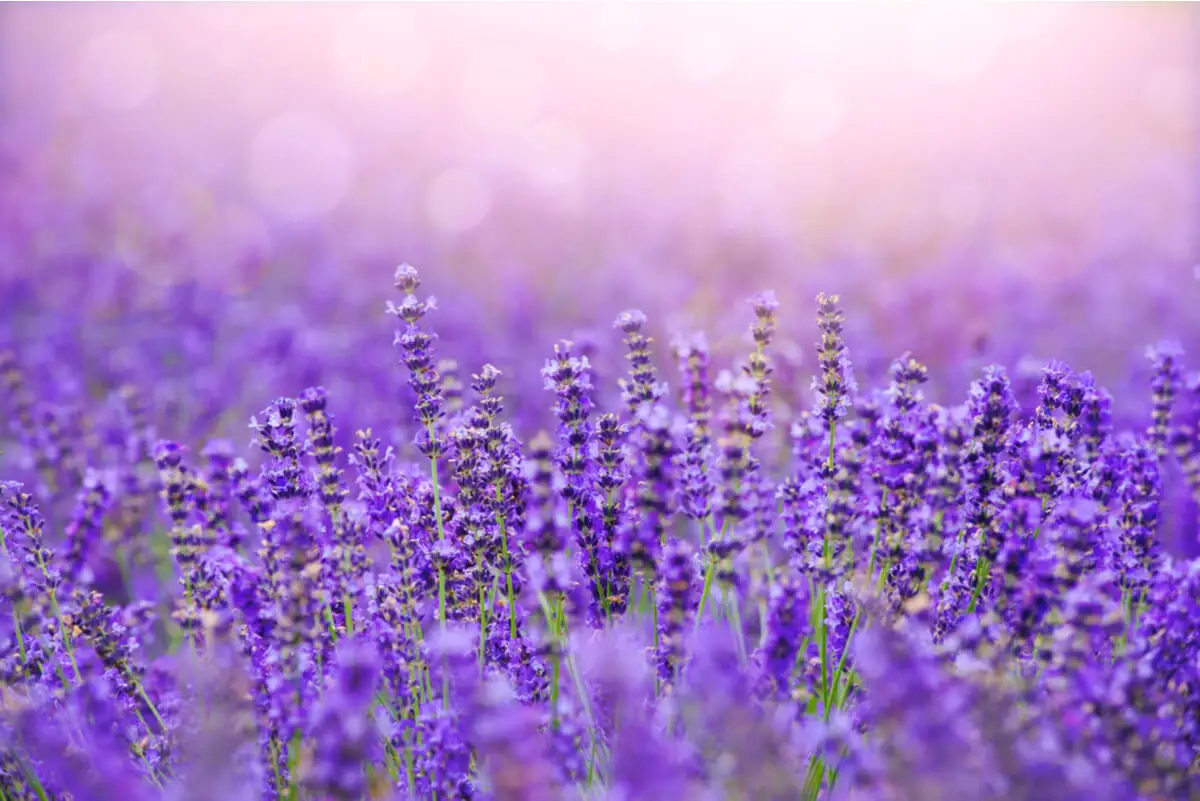
Take the amount of sunlight into account
Decorating a garden in dry and hot climates isn’t a problem, as the list of adaptable plants is extensive. Therefore, it’s a good idea to pay attention to the amount of sunlight that reaches your patio, balcony, or deck.
Drought conditions and high temperatures are guaranteed. So, your choice of plants should depend on the frosts that fall during the winter and the level of direct sunlight they receive.
All cited sources were thoroughly reviewed by our team to ensure their quality, reliability, currency, and validity. The bibliography of this article was considered reliable and of academic or scientific accuracy.
- González- Rodríguez, H, and I Cantú. “Adaptación a La Sequía de Plantas Arbustivas de Matorral Espinoso Tamaulipeco.” Ciencia Uanl 4.4 (2001): 454–461. Disponible en: https://www.redalyc.org/pdf/402/40240411.pdf
- Romani, Annalisa et al. “Health Effects of Phenolic Compounds Found in Extra-Virgin Olive Oil, by-Products, and Leaf of Olea Europaea L.” Nutrients 11.8 (2019). Disponible en: https://doi.org/10.3390/nu11081776
- González, Luis Manuel, Estrada, Aliuska, Argentel, L., Zaldivar, Nircia, Tolerancia a la sequía en diferentesvariedades de trigo sobre la basede algunas variables del régimen hídricoy la concentración de pigmentos en estadíade plántula. Revista Ciencias Técnicas Agropecuarias [Internet]. 2007;16(1):45-49. Recuperado de: https://www.redalyc.org/articulo.oa?id=93216111
- Rodríguez Domínguez Ileana, Santana Gutiérrez Odalis, Recio López Orlando, Fuentes Naranjo Marilín. Beneficios del Aloe Vera l. (sábila) en las afecciones de la piel. Rev Cubana Enfermer [Internet]. 2006 Sep [citado 2022 Sep 11] ; 22( 3 ). Disponible en: http://scielo.sld.cu/scielo.php?script=sci_arttext&pid=S0864-03192006000300004&lng=es
This text is provided for informational purposes only and does not replace consultation with a professional. If in doubt, consult your specialist.








